What time frame to use when day trading is an important choice, but there isn’t one definitive answer. The right time frame will vary by person, the strategy they use, and how they like to spend their trading time (relaxed versus more intense). Here are the benefits and drawbacks of each day trading time frame so you can decide which one is right for you.
Here’s a quick comparison of the various day trading time frames. More details are provided below.
Pros and Cons of Various Day Trading Time Frames
Charts are typically broken down into several time frames, including 1 minute, 5-minute, 10-minute, 15-minute, and everything in between and beyond. I’ll go through each one of these time frames, discuss their pros and cons, and what types of trading styles match up with each time frame.
Read through each one, as it is a comparison to the others.
Before we begin, here is a chart that shows the difference between a 1, 5, and 15-minute chart. They all show 11 hours of price data on the same day, but there is a significant difference in detail.
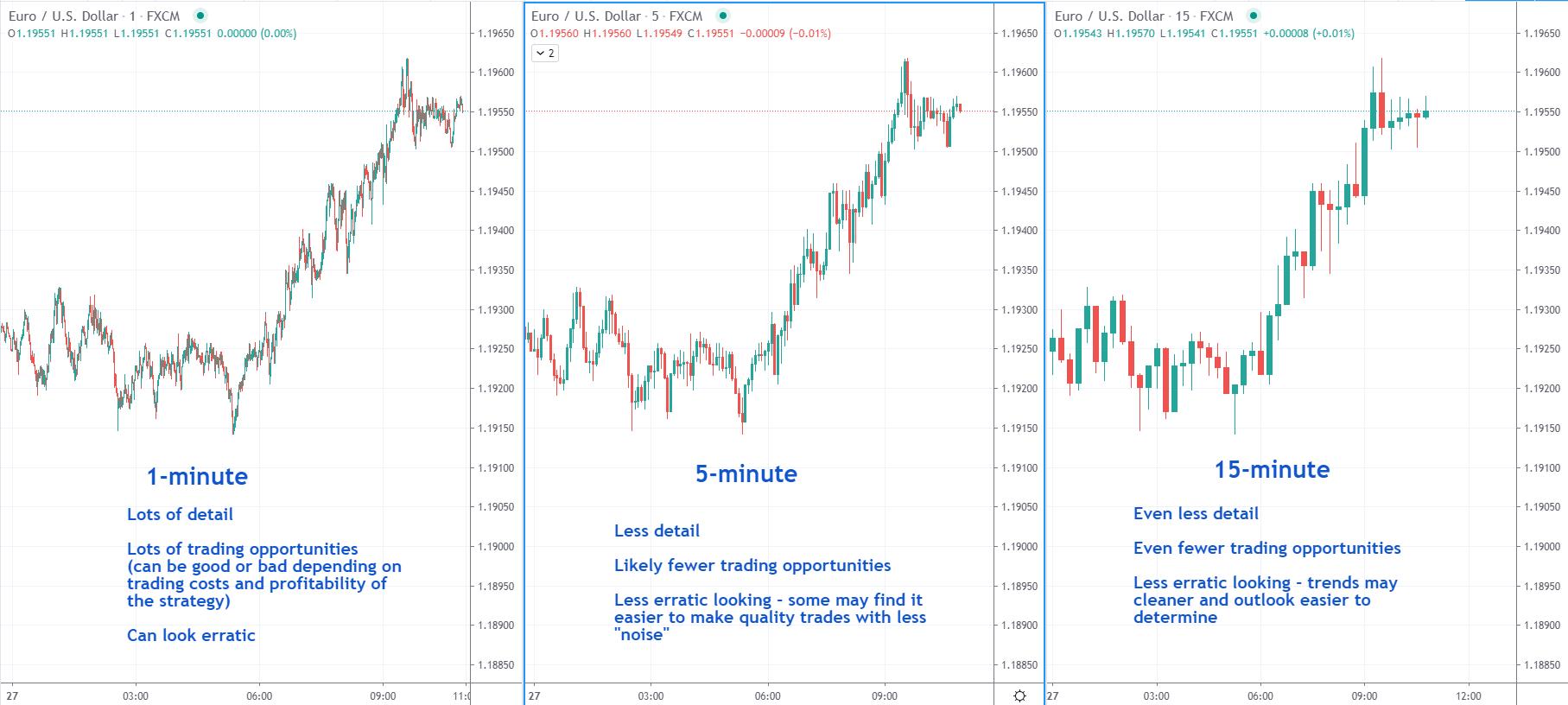
One is not better than another. But one may be more favorable to you because it provides more trading opportunities (potentially), or has a cleaner look. Also, it is possible to combine time frames. We’ll discuss using multiple time frames a little later on.
Prefer video, here is the video run-down on the Best Day Trading Chart Time Frame.
1-Minute Chart Time Frame
A 1-minute time frame may work well for someone who likes seeing detail in the price movements and potentially getting in and out for short-term trades that only last a few minutes.
If you want to trade on a 1-minute chart, build and test the strategy on a 1-minute chart.
Trading the one-minute requires nearly constant attention while trading, since bars/candles are generated every minute and trade signals can occur often (depending on the strategy).
Because price bars occur frequently, 1-minute chart traders typically have the opportunity to take more trades per day than larger time frames. With a winning system, more trades mean more profit and faster compounding of the account. With the potential for more activity, a trader who doesn’t have a winning strategy can lose their capital rapidly.
I use a one-minute chart to day trade the EURUSD, for about 1 to 2 hours per day. Here are the strategies and tactics I use.
It’s possible to make several trades within a two-hour window. Nice if you don’t want to spend too many hours in front of your screen.
With trades based on smaller candles (than the higher time frames) stop losses and profit targets tend to be smaller than those used by higher time frame traders. This doesn’t have to be the case, though. A trader could use a small stop loss on the 1-minute chart and aim for large reward:risk trades. Waiting for larger profits may mean less trades throughout the day.
Because of the potential for small stop losses, position sizes can be very large.
Forex position sizing may require 10, 20, or even 50x leverage…while still keeping risk on the trade to less than 1% of the account balance. Many forex brokers offer 30x to 50x leverage (or more in some countries).
Position sizing for day trading stocks is often (but not always) capped at 4x leverage. This means much of the capital in the account, including the maximum leverage, can quite easily be used even when risking only 1% or 0.5% of the account on a trade (you don’t need to risk that much, you can risk less). One day trading position may use most of the available capital in the account, leaving little for other trading activities, such as swing trades. You can always choose to allocate a specific amount to day trades, and leave the rest of the capital for other trades.

Main takeaway: the 1-minute chart is for people who want to maximize their trading time with more trades and typically large position sizes with small stop losses and profit targets (but targets can be expanded if desired).
5-Minute Chart Time Frame
A 5-minute chart may work well for someone who focuses on bigger intraday trends and doesn’t need to see the open-high-low-close price every minute, but would rather get summary data over 5-minute periods.
If you want to trade on a 5-minute chart, build and test the strategy on a 5-minute chart.
Trading the five-minute requires focus, but less constant attention than the 1-minute chart. Candles are forming every five minutes, so there is more time between data points. If a trader waits for candles to close before acting, this means no action is taken for at least 5-minute intervals, and often longer.
5-minute chart traders tend to trade less than 1-minute chart traders because there are fewer data points (bars/candles) to act on. One or two trades may develop in a two-hour trading window, possibly more, but less than on the 1-minute.
Stop losses and profit targets tend to be larger than on the 1-minute chart. This isn’t good or bad, but it does typically mean fewer trades per day.
Positions sizes are smaller than those on a 1-minute chart because candles are bigger on the 5-minute chart which means likely a greater distance between the chosen entry and exit.
Because position sizes are a bit smaller than the 1-minute chart, traders may be able to have multiple positions at the same time. Again, you can always allocate a specific amount to each day trade to assure there is enough capital for all the positions you wish to take.

Main takeaway: the 5-minute chart is for people who want to focus on larger intra-day movements, receiving fewer data points, with moderate positions sizes (smaller than 1-minute, larger than higher time frames).
The chart examples, which show example trades on the same day, but on different time frames, are not meant to say one is better than the other. They just highlight some of the differences (screen time, number of trades, size of stop losses and profits).
10- or 15-Minute Chart Time Frame
A 10- or 15-minute chart time frame is for someone who wants to see the major trends and movements throughout the trading day, not each little gyration (like the 1- or 5-minute).
If you want to trade on a 15-minute chart, build and test the strategy on a 15-minute chart.
Trading on a 10- or 15-minute chart requires less constant focus because bars/candles are occurring over a longer period. If you wait for candles to close (don’t have to) there is at least a 10 or 15-minute period between possible actions.
Traders on this time frame may only be taking one or two trades a day. If only trading during a two-hour or less window, many days may have no trade signals. Trading this time frame may require more time in front of the screen since it takes longer to get into and out of trades.
Stop losses and profit targets tend to be larger than on the 5-minute chart. This isn’t good or bad, but it does typically mean fewer trades per day.
Positions sizes are smaller than those on a 5-minute chart because candles are bigger on the 10 or 15-minute chart which likely means a greater stop loss distance.
Because of fewer trades and smaller position size it is easier to have multiple positions.
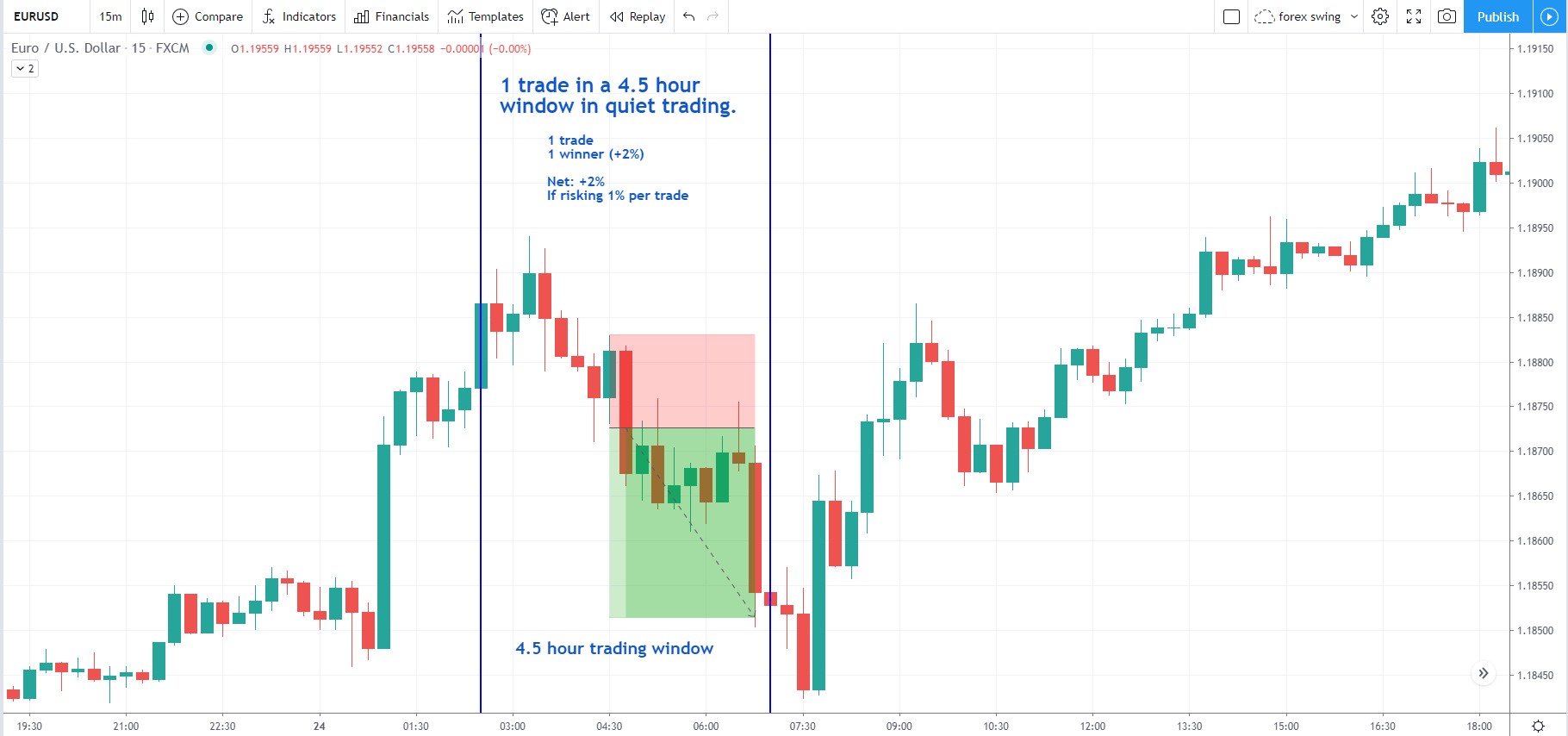
Main takeaway: the 10 or 15-minute chart is for people who want to focus on the large price movements throughout the day. They don’t mind waiting longer for trades to open and close. They prefer cleaner movement and are likely after only one or two trades over multiple hours of trading.
Summary Comparison for the Best Day Trading Time Frame
| Trades Per 2 Hours | Pace | Position Size | Drain on Capital | Focus Requirement | Capital Required | |
| 1-Minute Chart | Most | Constant | Large | Highest | Highest | Least |
| 5-Minute Chart | Fewer | Steady | Smaller | High | High | Slightly more |
| 10/15 Minute Chart | Least | Relaxed | Smallest | Lower | Lower | More |
Because 1-minute candles form the quickest, you will typically get more trades trading a 1-minute chart. The pace is also the quickest because a new candle forms each minute which provides new information.
Position size is the largest with the 1-minute chart because the stop loss is so small; we could use all our capital plus leverage to risk 1% of our account per trade. This means the capital drain is also high. As mentioned, you could use all your capital on one small stop loss trade if risking a fixed percentage of the account.
Interestingly, it requires the least amount of capital to day trade the 1-minute because the stop loss is the smallest, generally, which means risk can still often be kept to 1% or less of even a small account. As the stop loss size grows, so does the amount of capital required to trade in a risk-controlled way.
The constant barrage of new candles each minute means our mental focus is highest on a 1-minute chart and lower on longer time frames where new candles/information is coming in less often.
Multi-Time Frame Analysis
Some traders only trade on one time frame, while others use multiple time frames to produce trading opportunities.
When trading a single time frame, if you see a trade on that time frame you take that trade. No need to check other time frames for confirmation.
Multiple time frame trading means you look at a longer-term chart and use it as a filter for trades on the lower time frame. In this case, a trader may check the 5-minute or 10-minute for the overall trend direction, and then look for opportunities to enter in that trend direction on the 1-minute chart, for example. Or they may use the 30-minute chart for overall direction and then use the 5-minute or 10-minute chart to enter, as another example.
Below is 60-minute chart of Draftkings (DKNG) on the left, and a 5-minute chart on the right. The 60-minute provided a potential trade setup, then the 5-minute was used to find an entry, and stop loss. The 60-minute also provided some context for how far the price could run, although we can’t be sure how far it will run in a single day (for a day trade).
There is no perfect combination or answer. A winning system can be built on any time frame, or any combination of time frames. But understanding the pros and cons will hopefully help you decide which is best for YOU.
Day Trading Chart Time Frame Alternatives – Tick Charts and Renko Charts
Time frames are often discussed as if they are the only charting option. They are not. There are chart types based on things other than time.
Tick charts are based on a fixed number of transactions. A bar completes once there have been a certain number of transactions. This means during busy times bars may form quickly, but during quiet times it may take many minutes or even hours for a bar to form. I like using these when I trade futures contracts.
Renko charts are bricks that form once the price has moved a certain amount. They keep forming as the price moves in the same direction and by the required amount. If the price reverses the equivalent of two brick sizes, the bricks change color and start moving in the other direction. The bricks are not based on time but rather on price movement.
These are just a couple of examples of the alternative chart types that are out there.
What Chart Time Frames I Use For Trading
For forex day trading I use the 1-minute chart, only.
For stock day trading I use the 1-minute chart, only.
For swing trading stocks I use the daily chart, only. I may occasionally use other time frames if I have time to look.
For swing trading currencies I will look for patterns on the daily, 4-hour, and hourly charts. I often trade based on just the one timeframe I am monitoring. Sometimes, if I find a trade I like on these higher time frames, I may drop down to a five-minute chart to find my entry and really maximize my reward:risk (stop loss based on 5-minute chart and target based on 4-hour or hourly chart, whichever one was used). I may also use renko charts in very high movement.
By Cory Mitchell, CMT
Interested in learning how to crush the EURUSD in two or less a day (can also trade longer)? The EURUSD Day Trading Course has more than 20 hours of strategies, tactics, exercises, and mental work to get you trading in top form.
Disclaimer: Nothing in this article is personal investment advice, or advice to buy or sell anything. Trading is risky and can result in substantial losses, even more than deposited if using leverage.


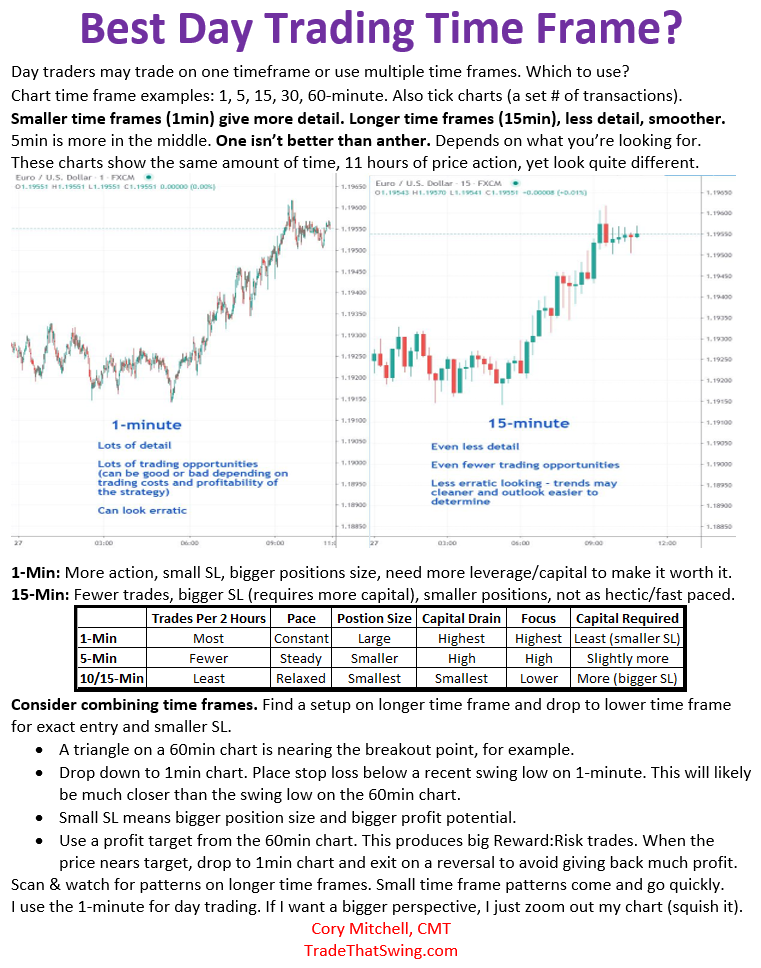

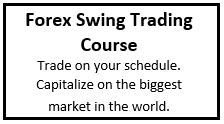
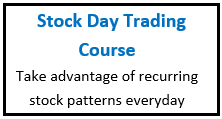
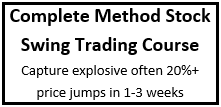
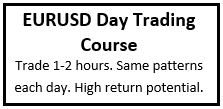
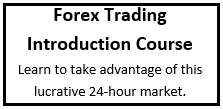
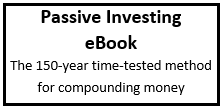
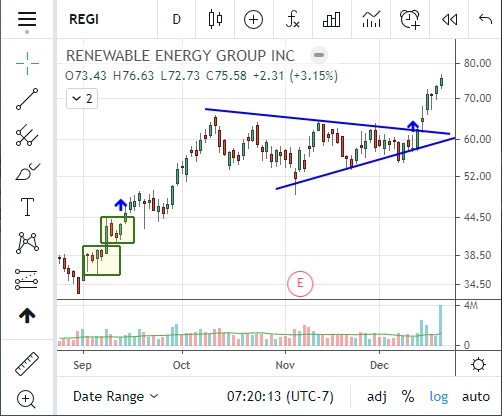
20 Comments
Leave your reply.